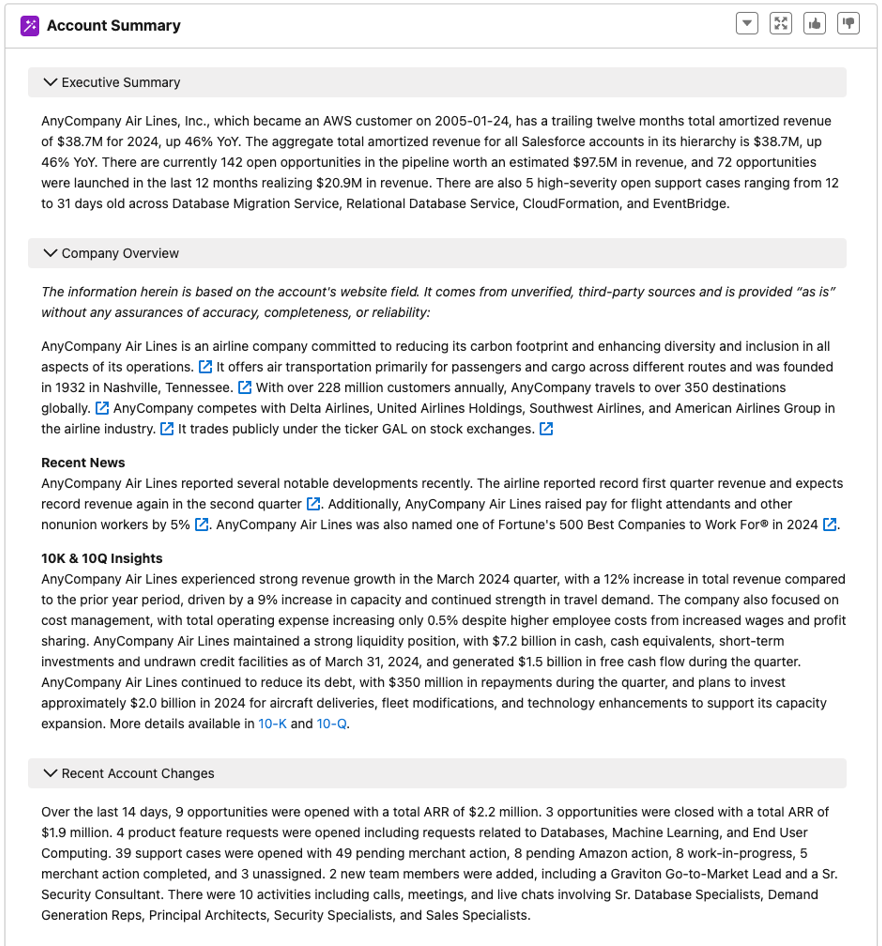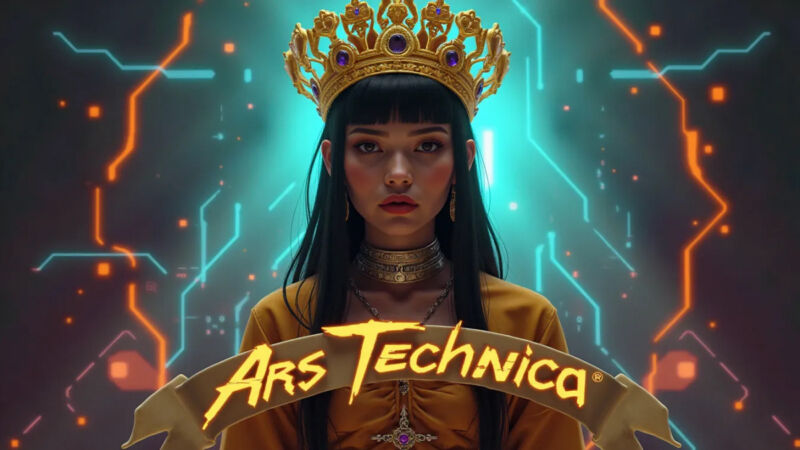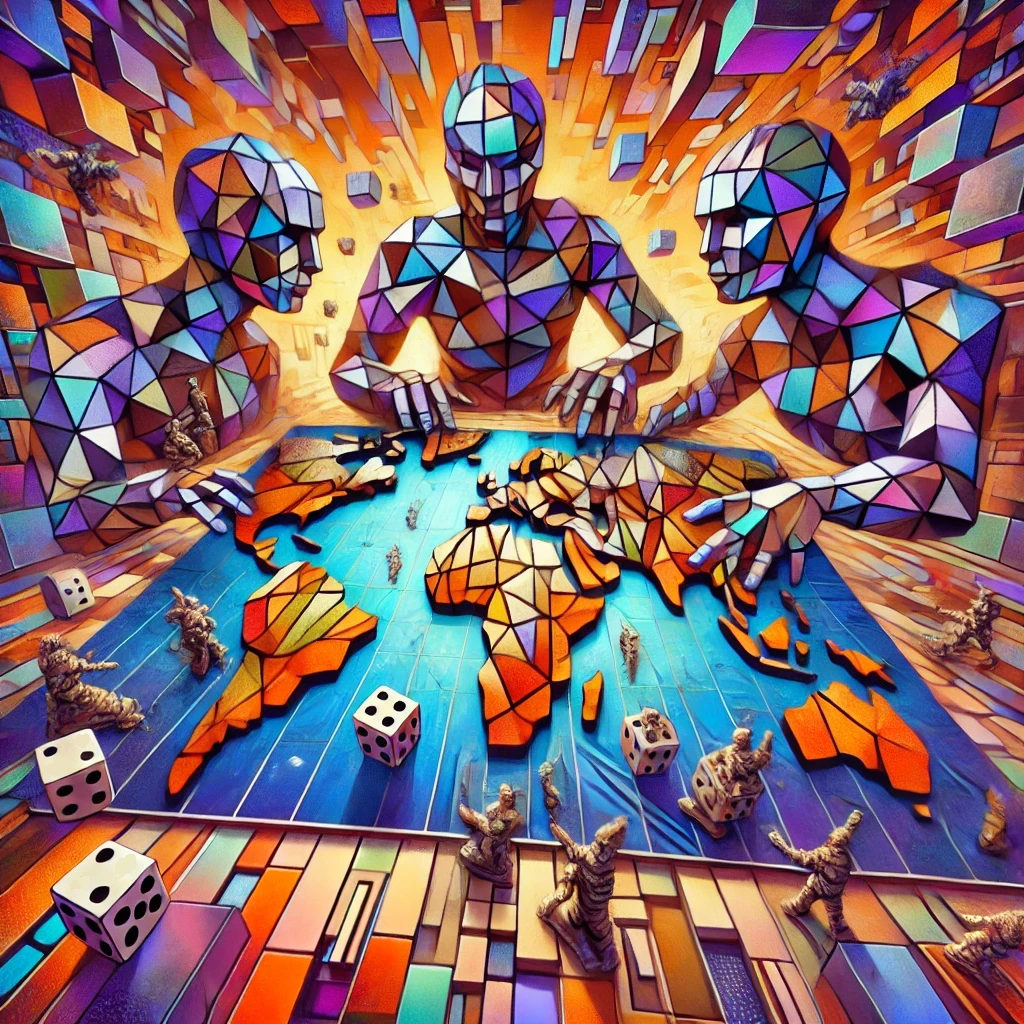Google DeepMind launches Visualising AI project, exploring RAG techniques to enhance retrieval accuracy. Re-ranking results from vector database retrievals can improve performance, with traditional methods like TF-IDF and BM25 providing valuable insights.
LLMs in enterprise IT face challenges in security and privacy. Anthropic Claude on Amazon Bedrock offers solutions to mitigate prompt-level threats and enhance AI-generated outputs' reliability.
AWS is using generative AI to transform seller and customer journeys, automating tasks and providing personalized content. The GenAI Account Summaries saw a 4.9% increase in opportunity value, showcasing the power of AI in improving customer engagement and driving efficiency.
Dutch supermarket Jumbo introduces chat lanes to combat loneliness. Sociologist warns of losing human connections in pursuit of efficiency and profit, advocating for more relational jobs in the "feeling economies".
Flux AI model excels at rendering custom-trained typefaces, allowing users to insert unique fonts into AI-generated images. LoRA technique enables customization of AI base models for inserting personal products or styles into images.
Large language models from Anthropic, OpenAI, and Meta showcase distinct strategic behaviors in a simulated Risk environment, with Claude Sonnet 3.5 edging out a narrow lead. The ability of LLMs to think and act strategically is crucial as we integrate them into our daily lives, raising important questions about their strategic capabilities and future developments.
Fieldworker robot, aka Robocrop, to revolutionize raspberry picking in UK, Australia, and Portugal with AI-powered efficiency and accuracy. Developers claim new version can detect ripe berries more accurately and pick faster due to improved grippers.
Craftspeople calmly mend old timepieces in a chaotic world. Internet fails to unite, drowning us in nightmares of AI and global politics.
Government to publish central government AI algorithms on public register after concerns over bias and racism. Tools used for detecting sham marriages and benefit fraud under scrutiny by transparency campaigners.
Guardian journalist Michael Safi revisits the world of artificial intelligence, uncovering its dangers and promises for society in the Black Box series. A mysterious encounter with Noah leaves Hannah with life-changing experiences and lingering concerns about the impact of AI.
Historian warns of AI dangers, citing Greek myth & Goethe's cautionary tale about humans summoning powers they can't control. Lesson: Never summon powers you cannot control.
Teachers must adapt to students' proficiency in large language models, shifting focus from product to process. Concerns arise as professors grapple with grading students versus computers in an AI-dominated educational landscape.
Apple is set to introduce ChatGPT-powered Siri in iOS 18, part of its new AI suite "Apple Intelligence." How will this innovation impact user phone experience and privacy?
AI images on Truth Social linked to John Milton Freedom Foundation, funding rightwing media influencers. Foundation aims to empower independent journalists and strengthen democracy.
Naive Bayes simplifies machine learning with probability theory, making accurate predictions in various applications. Three main types - Bernoulli, Multinomial, and Gaussian - cater to different data distributions, offering a versatile approach.















